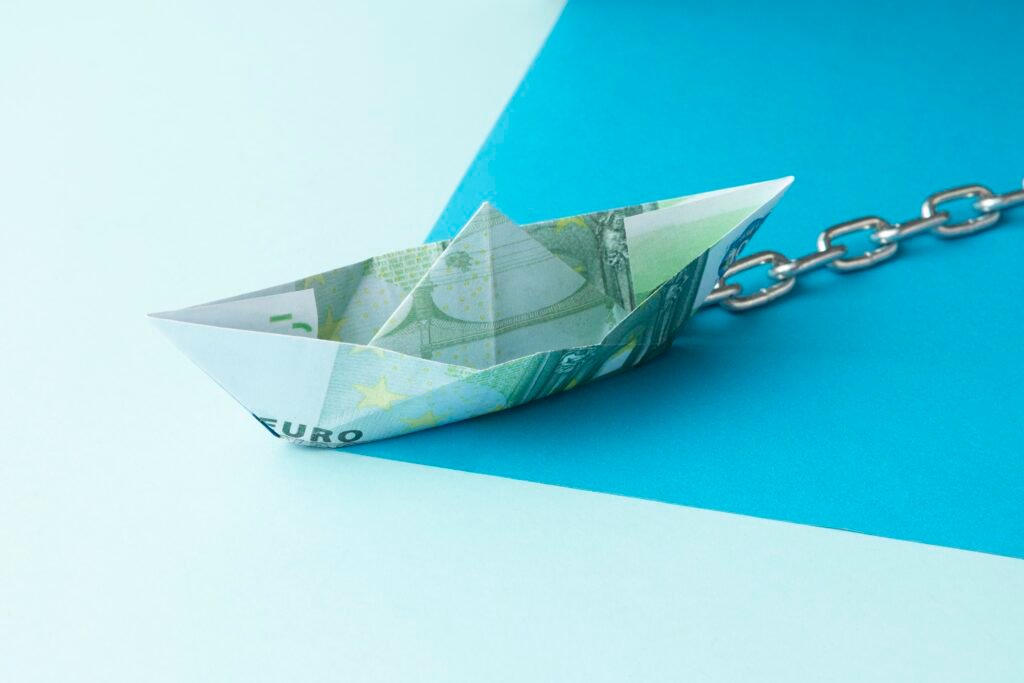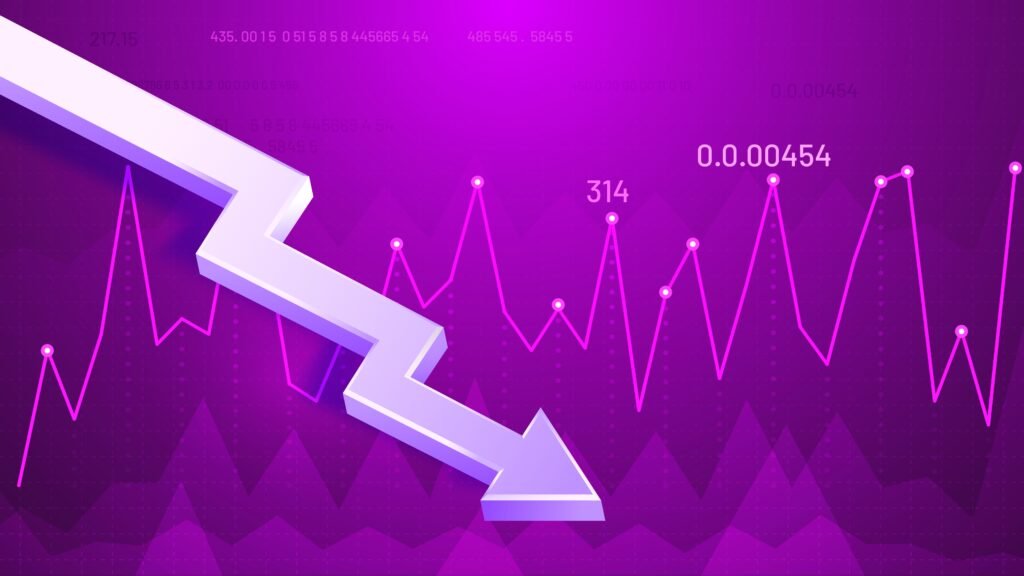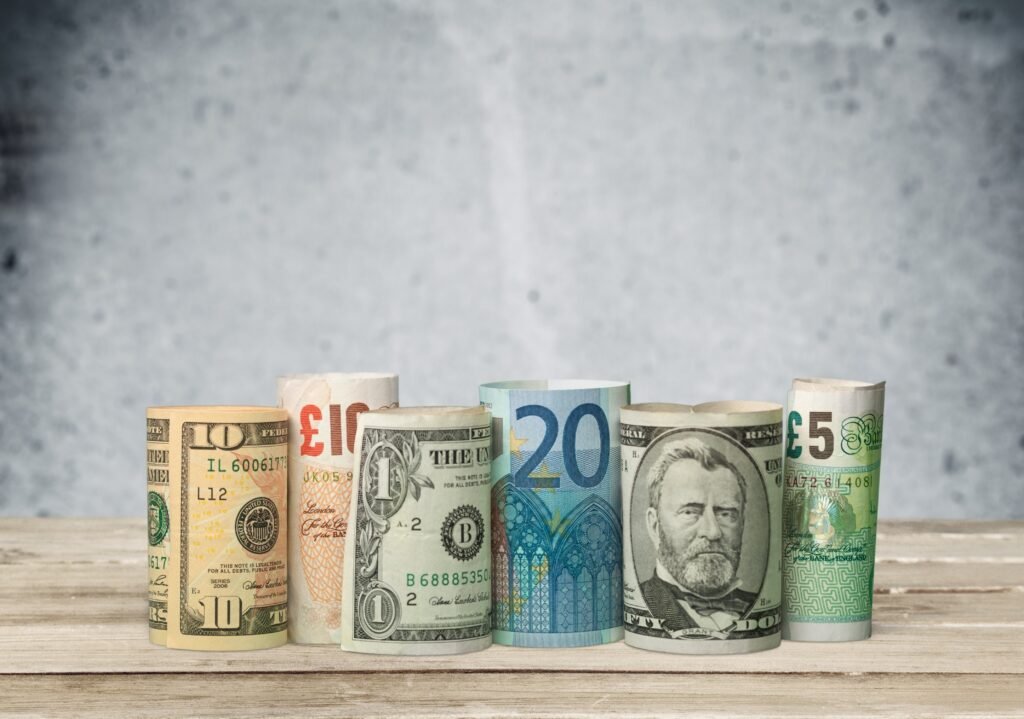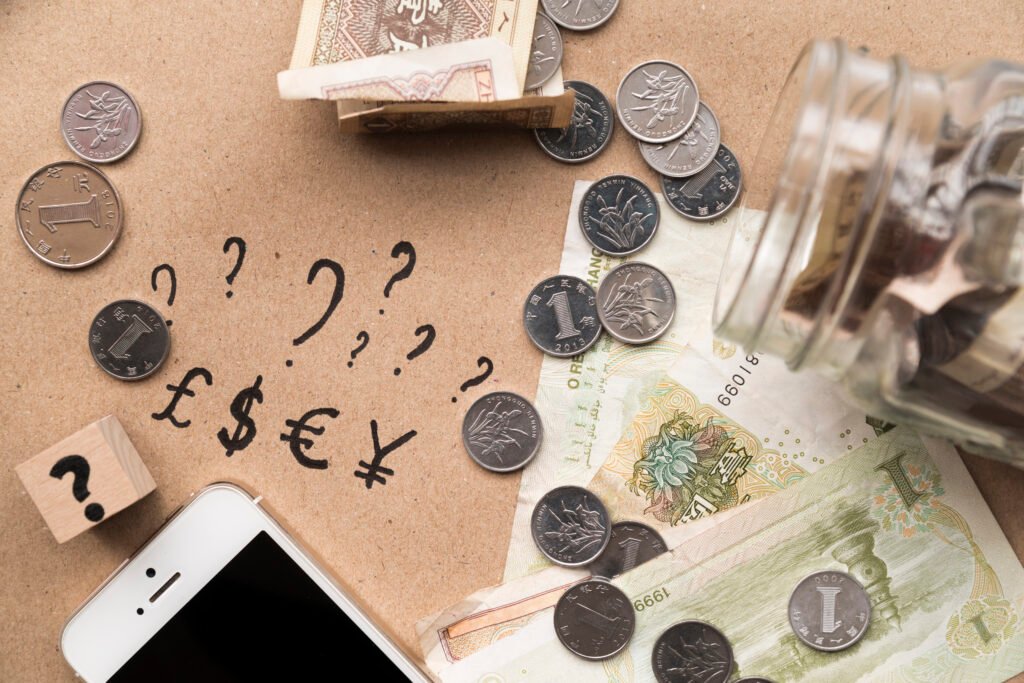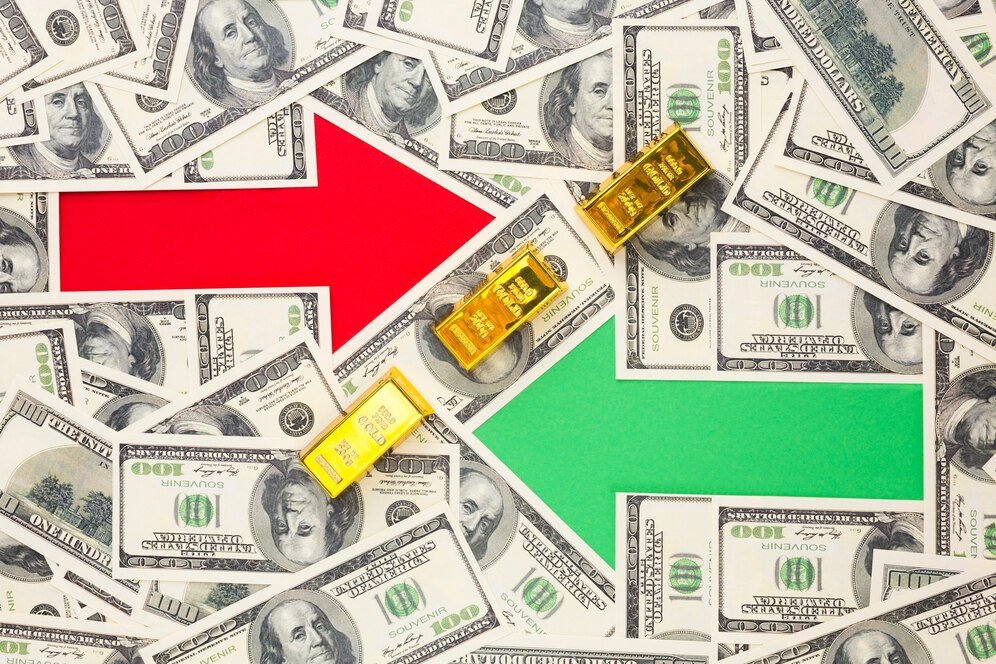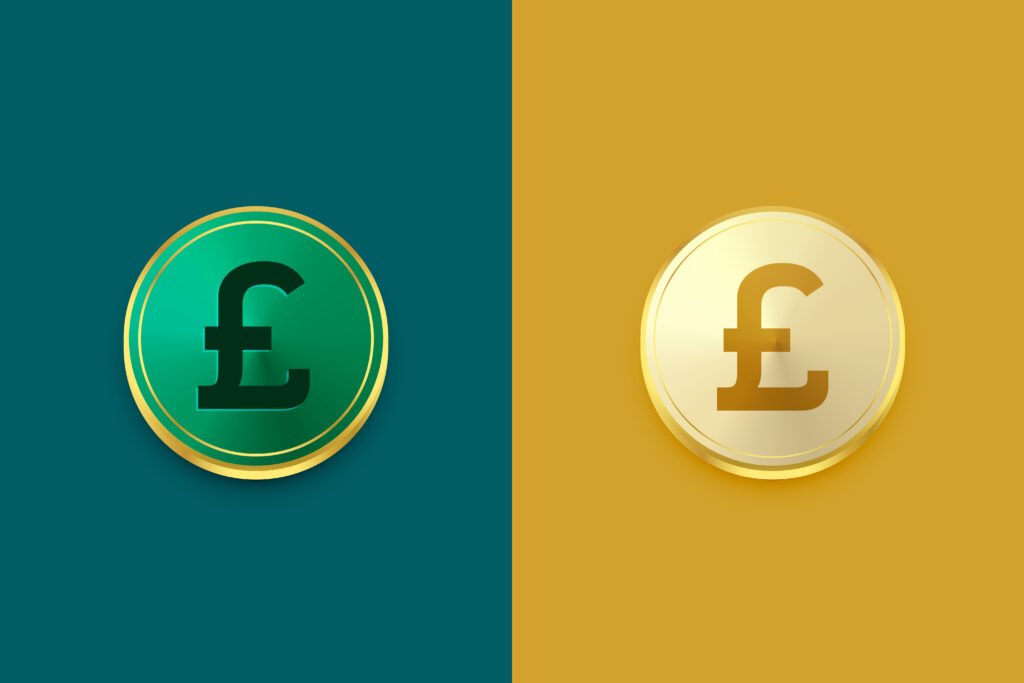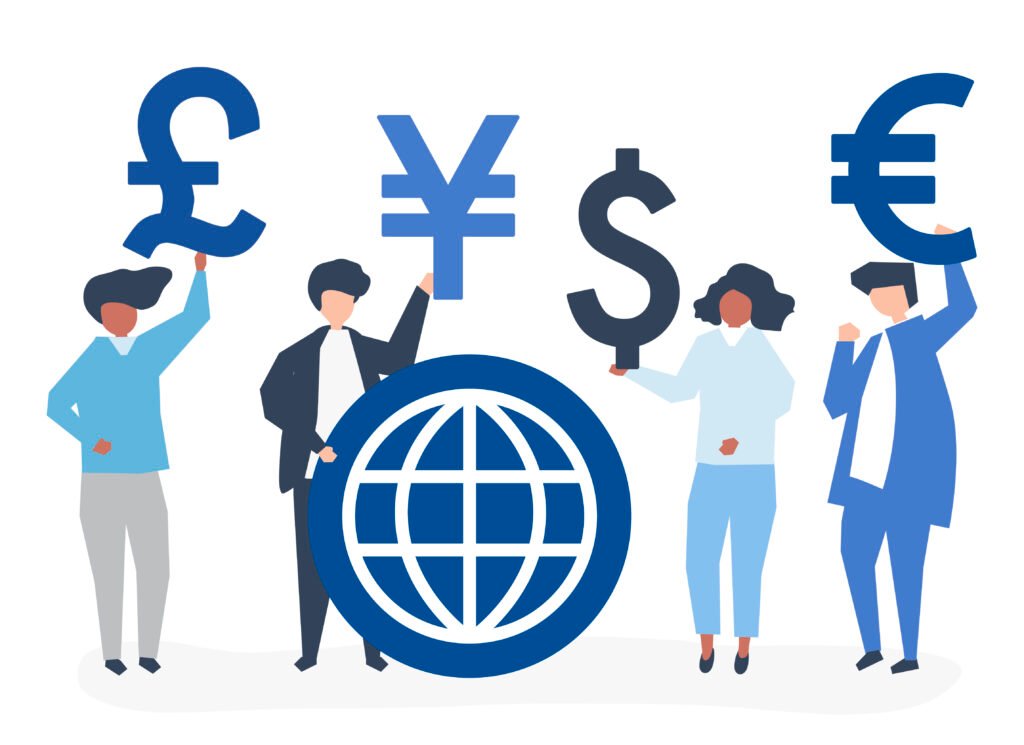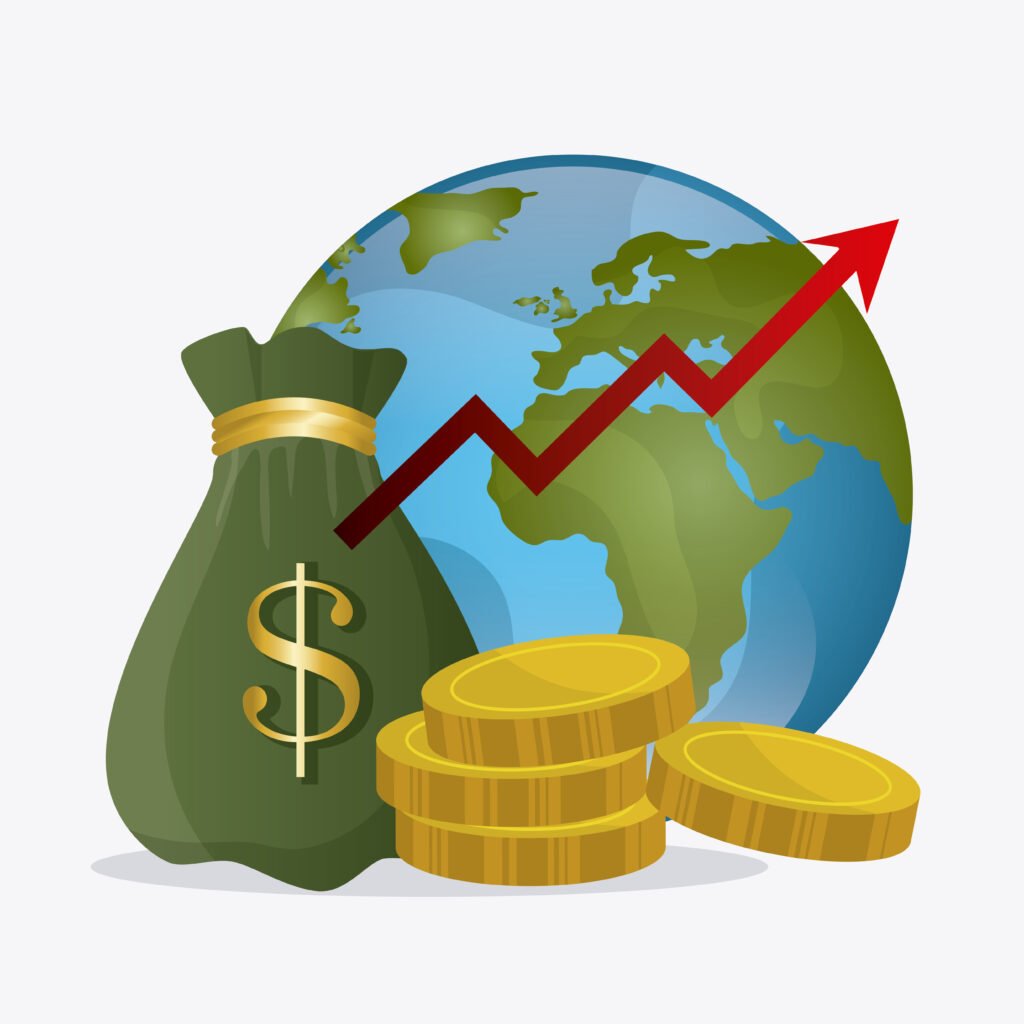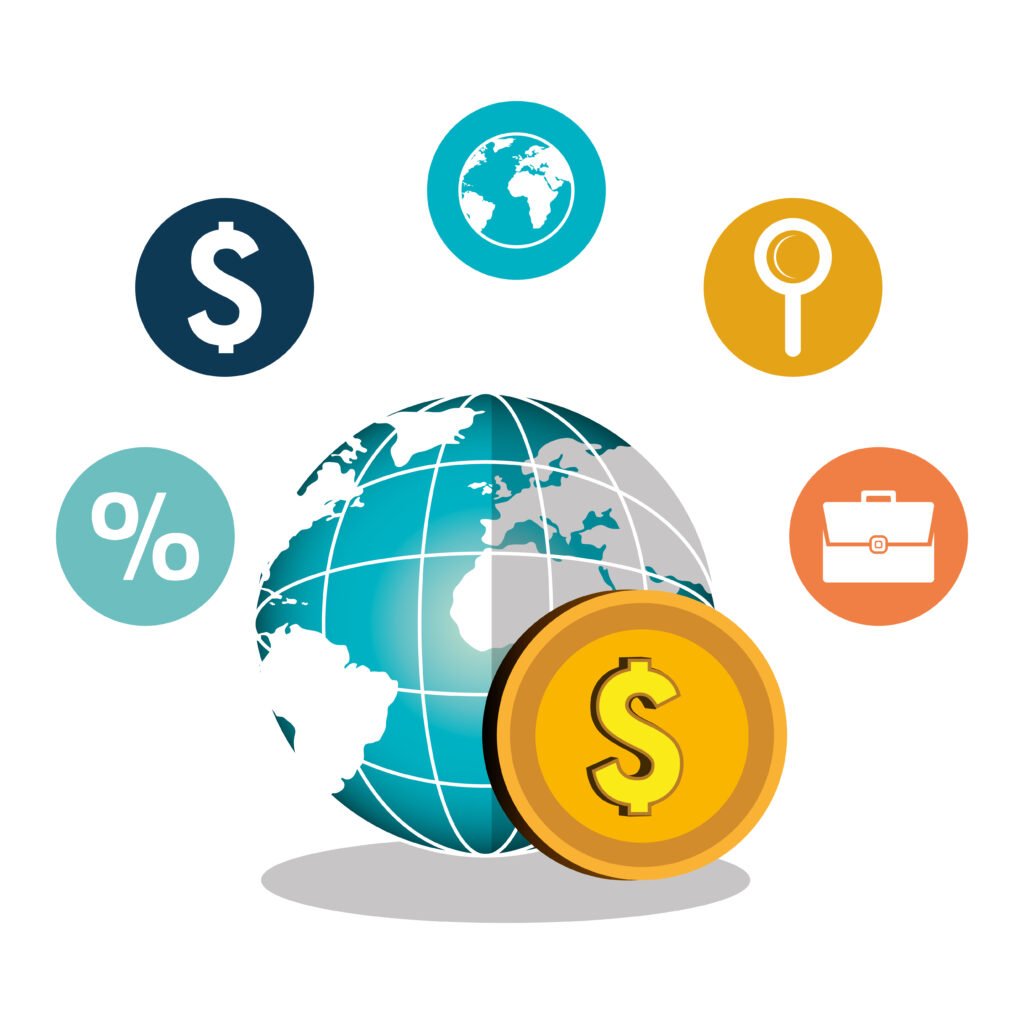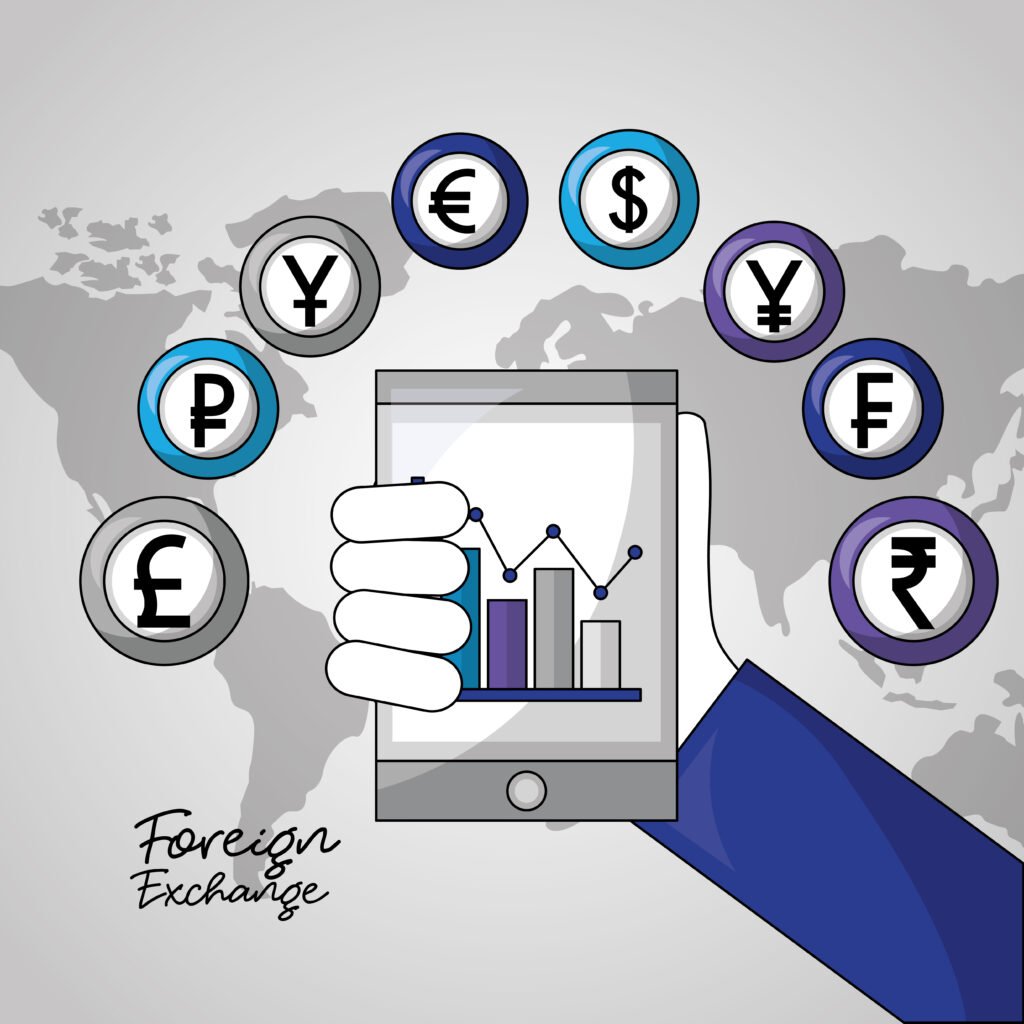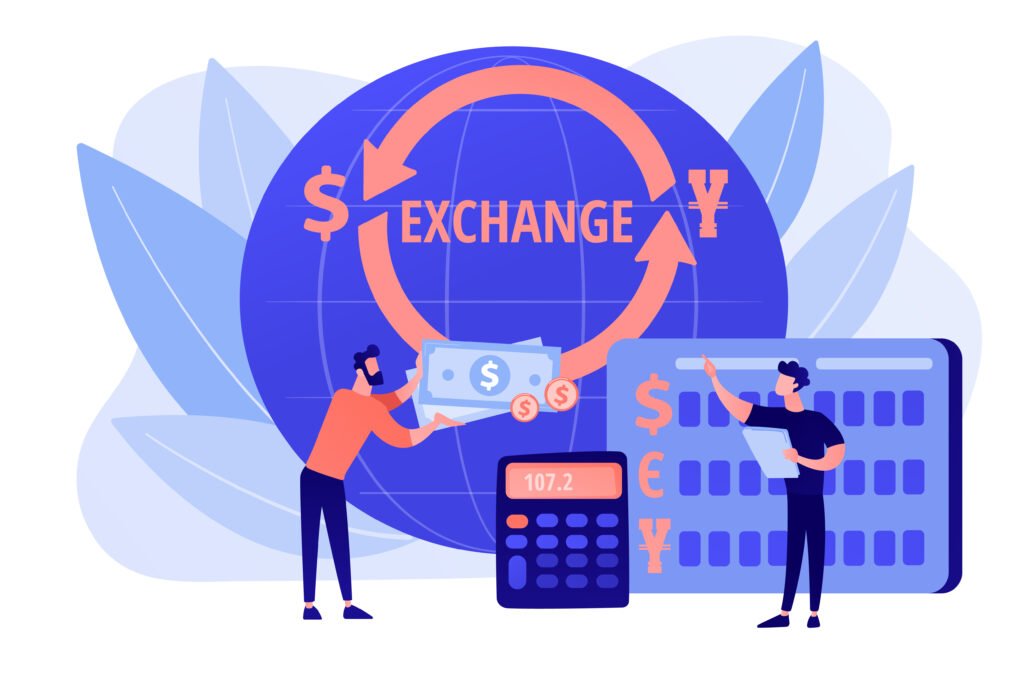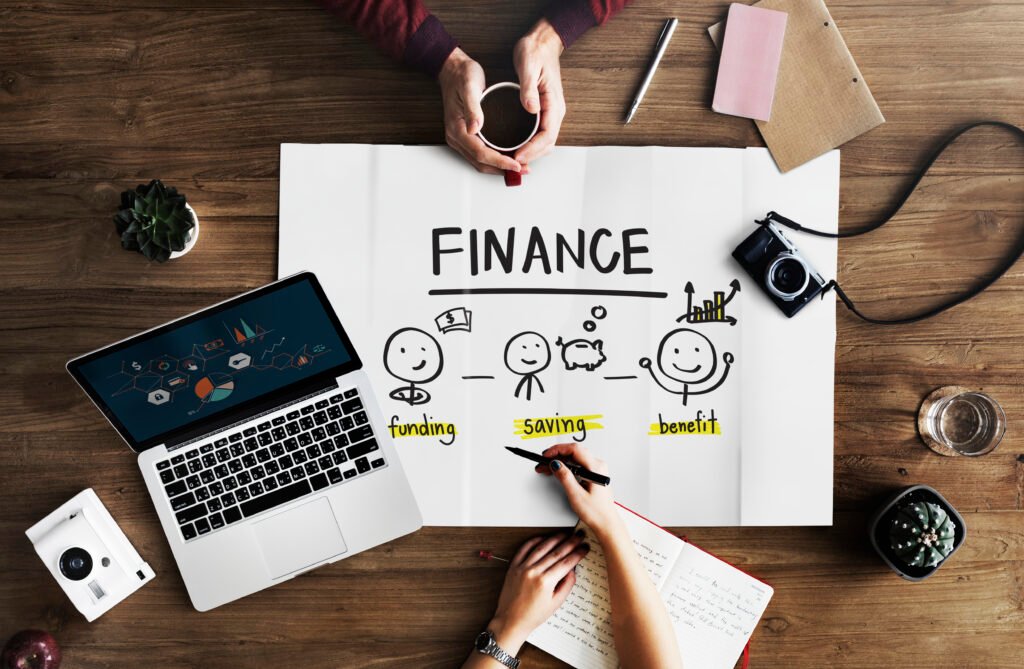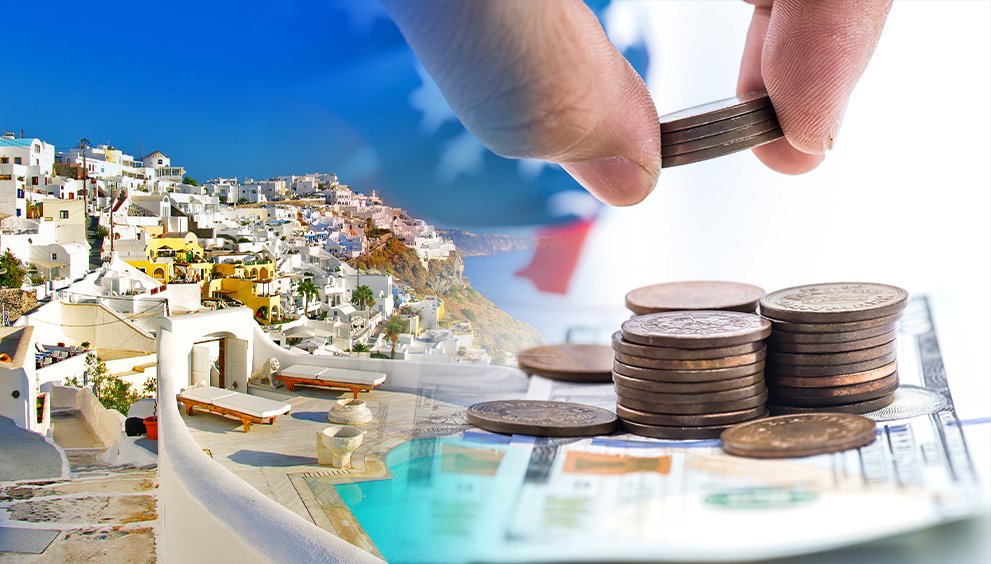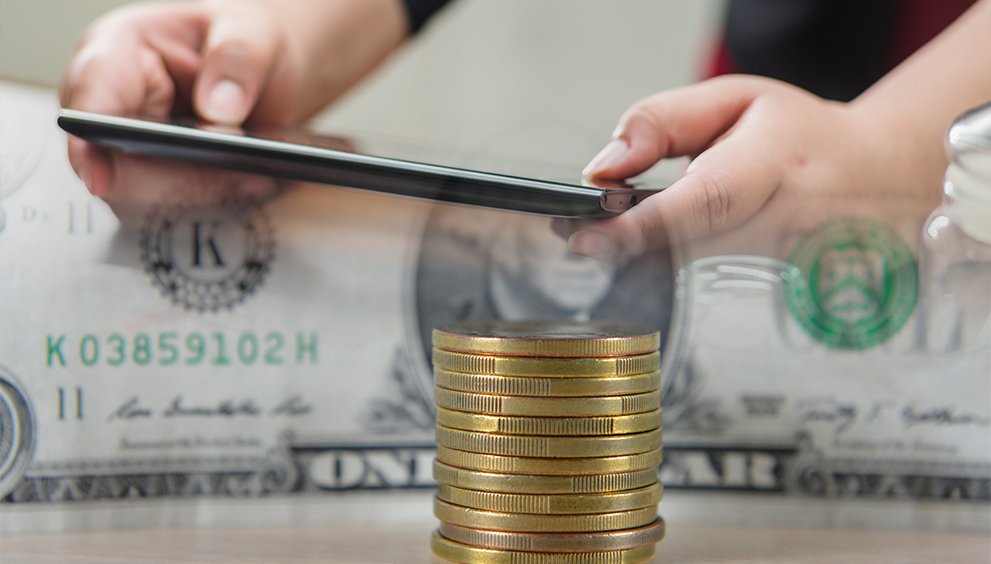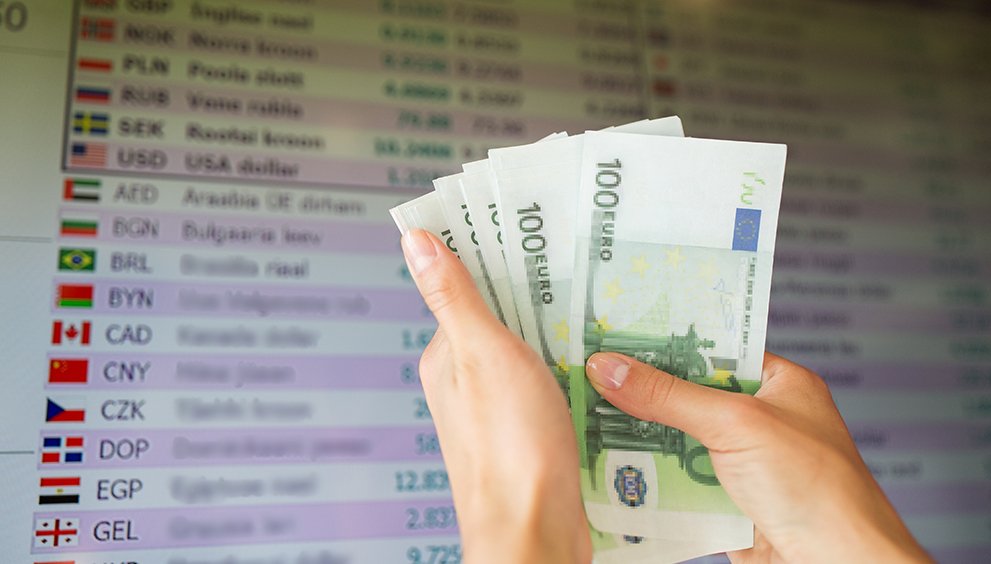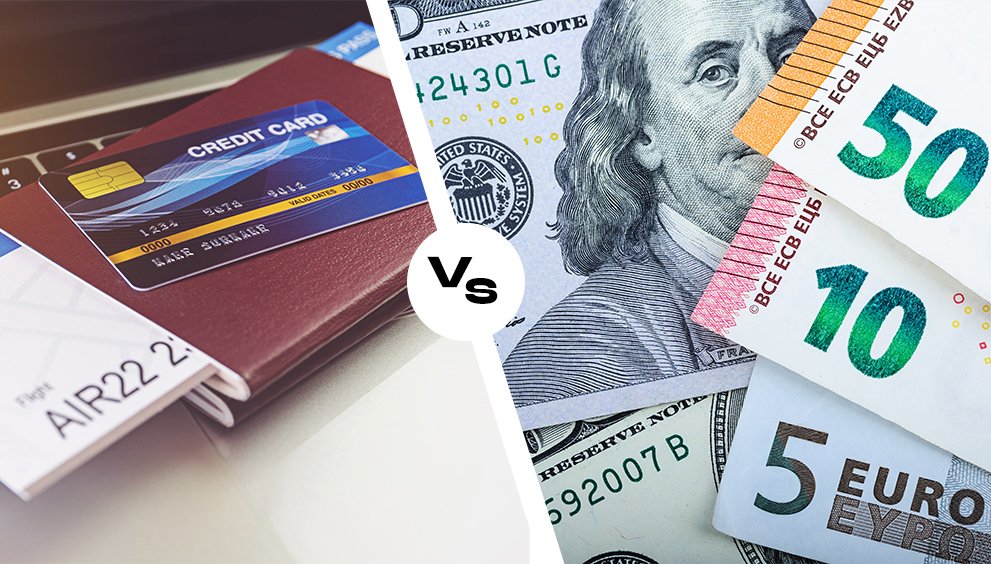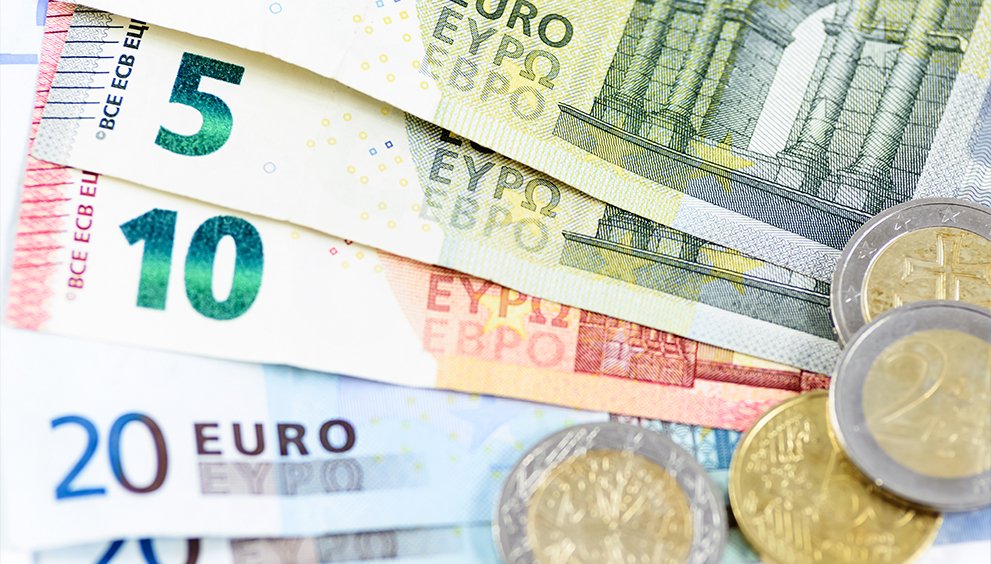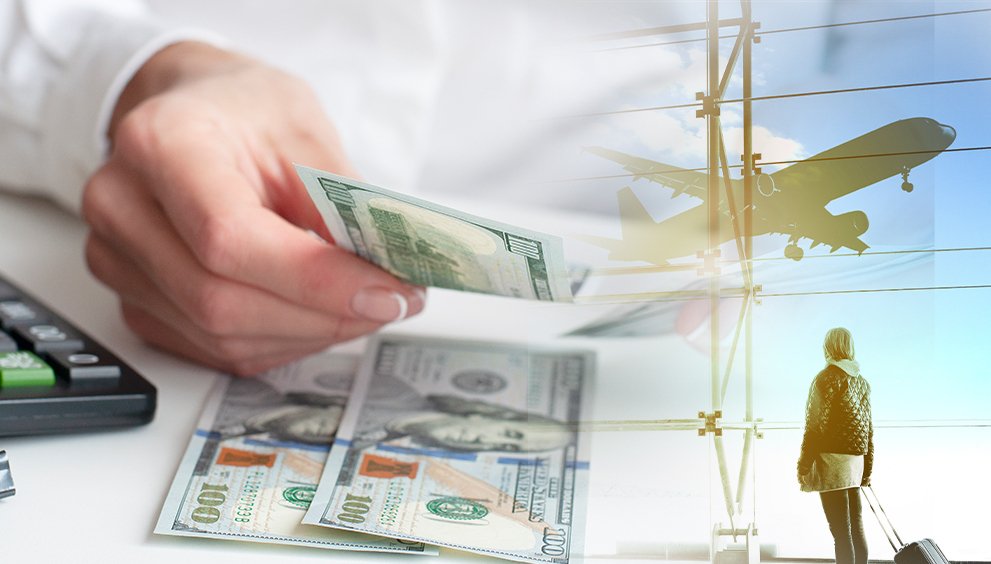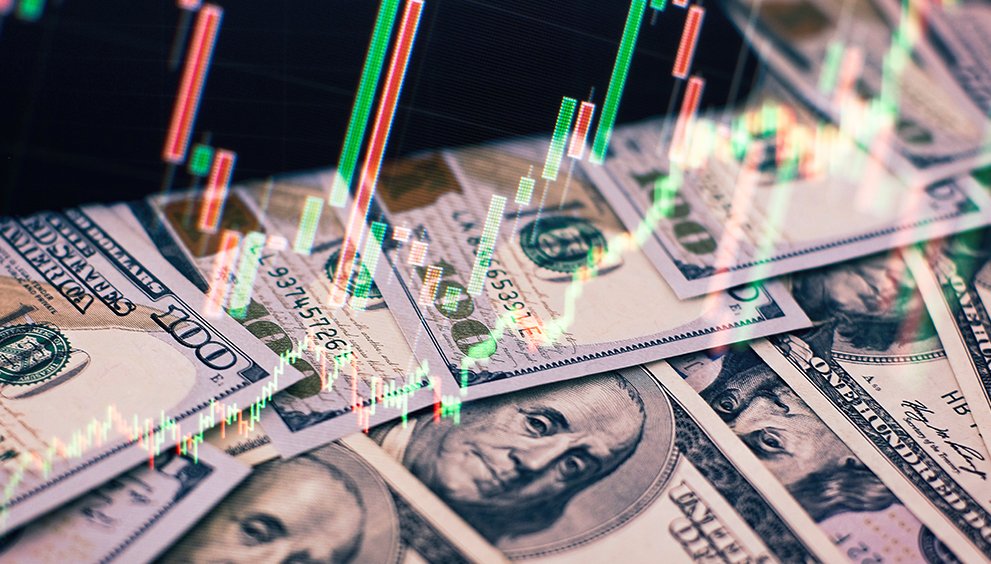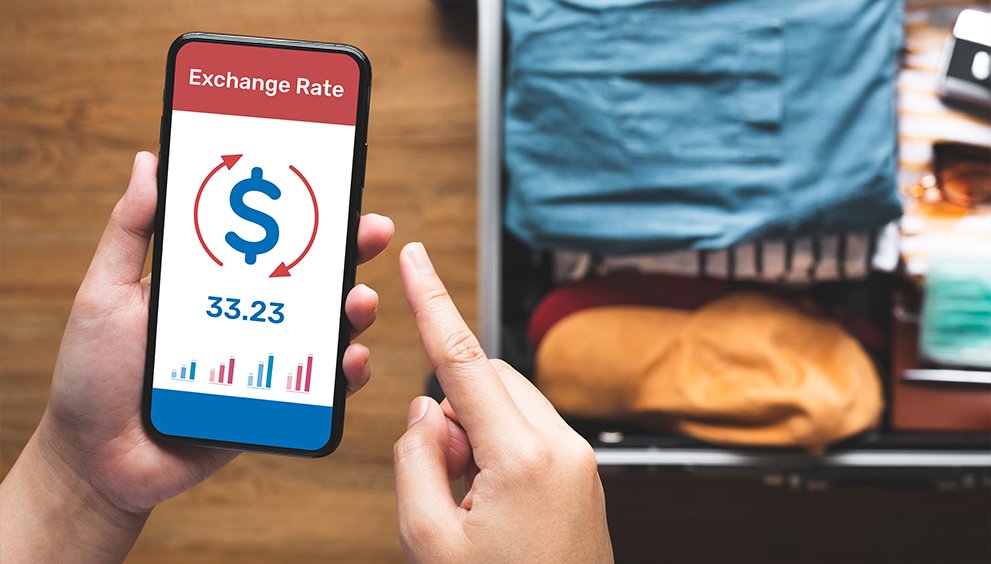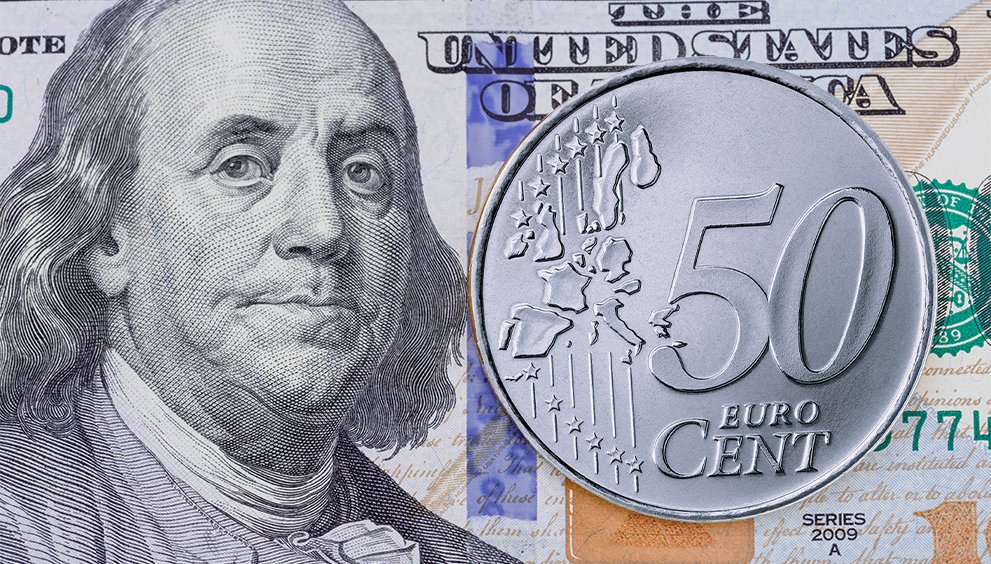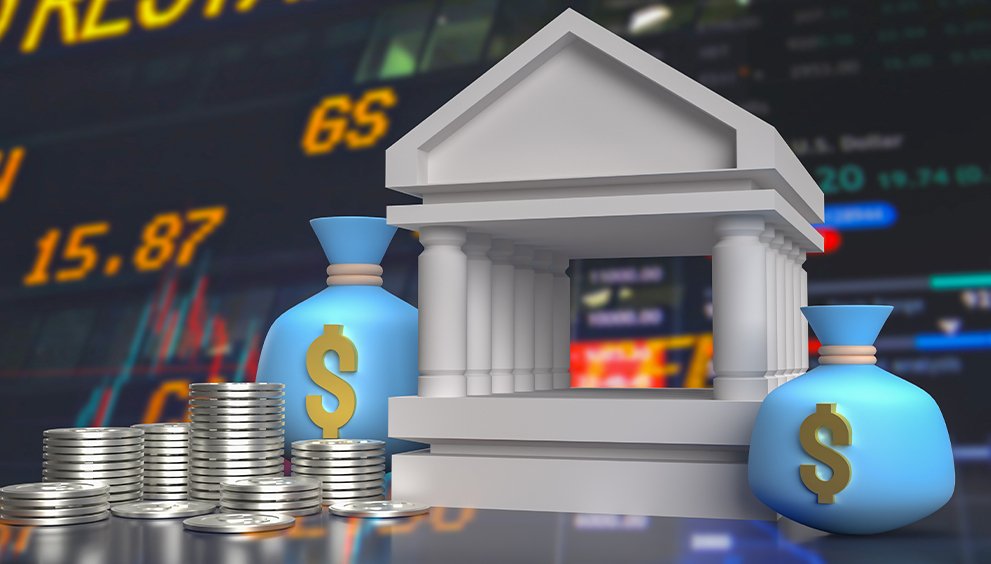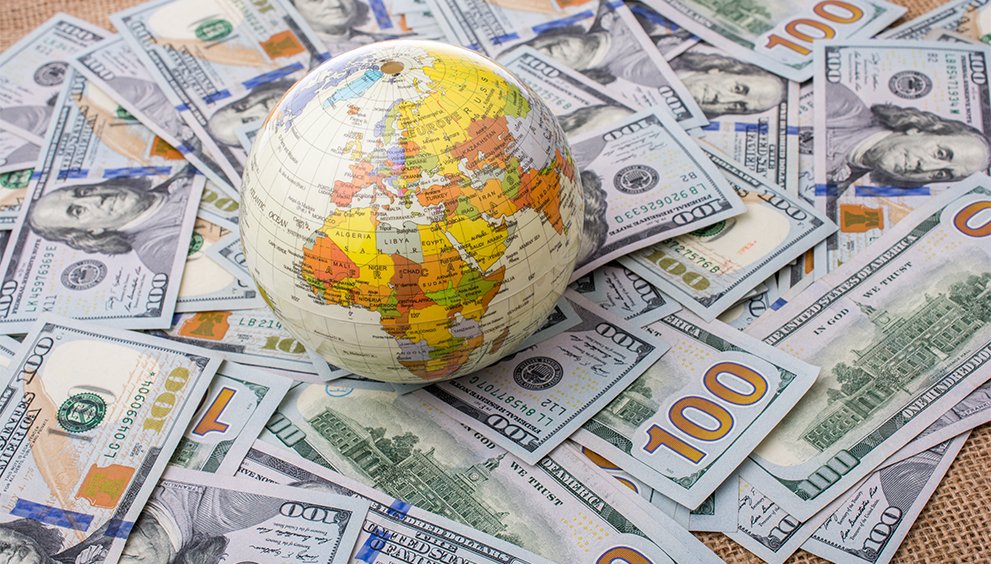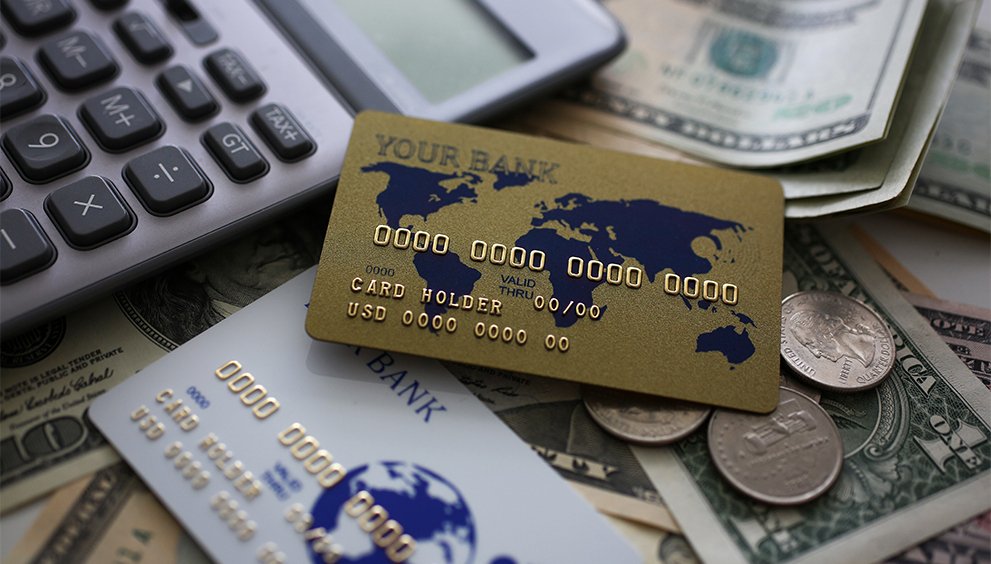How the Geopolitical Landscape Affects Currency Exchange Rates
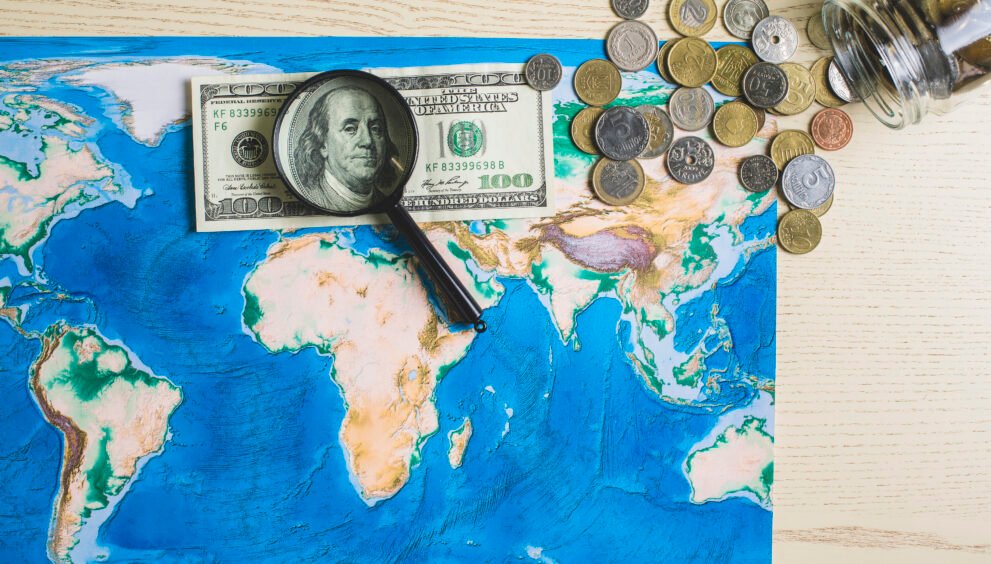
The geopolitical landscape refers to how countries interact politically and economically—think wars, trade agreements, sanctions, elections, or diplomatic disputes. These events affect the exchange rate, which indicates how much one currency (e.g., the British pound, GBP) is worth compared to another (e.g., the US dollar, USD). For beginners, envision currencies as a popularity contest: when a country appears favourable, its currency appreciates; when it seems risky, it depreciates. Here’s how this unfolds, step by step:
1. Confidence and Safety
- What It Means: People with money (investors, banks, or even regular savers) like to put it where they feel safe. Geopolitical trouble—like a war or political scandal—makes them nervous, so they move their cash to stable countries.
- How It Affects Currency: If investors trust a country less, they sell its currency, lowering its value. If they trust it more, they buy its currency, raising its value.
- Detailed Example: During the 2016 Brexit referendum, no one knew whether the UK would stay in or leave the EU. The uncertainty made investors sell pounds, and the GBP dropped from about 1.50 USD to 1.32 USD in a day—its biggest fall ever. Meanwhile, the US dollar strengthened because the US was seen as a “safe haven.”
- Why It Matters: Confidence drives demand. Less demand = weaker currency; more demand = stronger currency.
2. Trade Problems
- What It Means: Countries buy and sell goods (like cars, food, or oil) with each other. Geopolitical events—like sanctions or trade wars—can stop this flow, affecting how much money a country earns or spends.
- How It Affects Currency: If a country can’t sell its goods abroad, it earns less foreign currency (e.g., dollars), weakening its currency. It might save money if imports stop, but costs could still rise.
- Detailed Example: In 2022, the US and UK banned oil imports from Russia due to the Ukraine war. Russia’s ruble crashed because it lost buyers, dropping from 80 RUB to 1 USD to over 120 RUB in days. Meanwhile, countries like the UK, reliant on imported energy, saw the pound wobble as energy prices soared.
- Why It Matters: Trade keeps economies ticking. Disruptions mean less cash flow, which hits the currency.
3. Money Moving Around
- What It Means: Big investors move billions between countries. They withdraw if a place looks risky (called capital flight) and pour money in if it seems promising (called investment).
- How It Affects Currency: Withdrawing money means selling a country’s currency, weakening it. Investing means buying it, strengthening it.
- Detailed Example: In 2018, Turkey had a political spat with the US, and President Erdogan’s policies scared investors. They withdrew funds, and the Turkish lira fell from 4 TRY to 1 USD to over 7 TRY in months. Contrast this with the UK’s post-Brexit trade deal with the EU (2020)—investors returned, and the pound steadied.
- Why It Matters: Money flows decide currency strength—no investors = no support.
4. Resources and Prices
- What It Means: Some countries depend on selling natural resources (e.g., oil, gas, and metals). Geopolitical events can disrupt these supplies, changing prices and affecting currencies.
- How It Affects Currency: If a country sells more (e.g., oil prices rise), its currency strengthens. If it buys more and prices spike, its currency weakens.
- Detailed Example: During the 2022 Russia- Ukraine conflict, oil prices jumped because Russia’s supply was cut. Norway, an oil exporter, saw its krone (NOK) strengthen. The UK, an oil importer, faced higher costs, putting pressure on the pound.
- Why It Matters: Resources link currencies to global markets. Disruptions ripple everywhere.
Key Factors That Affect Exchange Rates
These are the big drivers behind how geopolitics shifts currency values. Let’s unpack each one:
1. Political Stability
- What It Means: A steady government with no riots, coups, or scandals makes a country look reliable. Chaos does the opposite.
- How It Works: Stability attracts money; instability scares it away.
- Detailed Example: The UK’s pound was strong for decades because of its stable democracy. However, during the 2011 London riots, it dipped slightly as investors worried. Compare that to Venezuela, where political chaos and hyperinflation sank the bolivar from 6 VEF to 1 USD in 2016 to millions by 2020.
- Beginner Tip: Think of stability as a country’s reputation—good vibes mean a stronger currency.
2. Sanctions
- What It Means: Sanctions are when countries punish others by blocking trade or banking (e.g., freezing assets), it’s called sanctions.
- How It Works: The punished country can’t earn foreign money quickly, so its currency collapses.
- Detailed Example: After Russia invaded Ukraine in 2022, the UK, US, and EU imposed sanctions, including kicking Russian banks off of SWIFT (a global payment system). The ruble lost half its value in a week before Russia fought back with other measures.
- Beginner Tip: Sanctions are like locking a country out of the money club—its currency suffers.
3. Interest Rates
- What It Means: Central banks (like the Bank of England) set rates on loans and savings. Higher rates pay more to savers.
- How It Works: If rates rise, foreigners buy the currency to save and earn interest, strengthening it.
- Detailed Example: In 2022, the US Federal Reserve raised rates during global uncertainty, strengthening the dollar. The pound struggled as the Bank of England was slower to act amid energy price shocks.
- Beginner Tip: Higher rates are like a magnet for money—currencies love it.
4. Inflation
- What It Means: Inflation occurs when prices rise (e.g., for bread and fuel). Geopolitical shocks can disrupt supplies, causing inflation.
- How It Works: High inflation makes a currency worth less because it buys less stuff.
- Detailed Example: Post-Brexit, the UK’s pound fell, and import costs rose (e.g., food from Europe). Inflation hit 9% in 2022, weakening the pound further against the dollar.
- Beginner Tip: Inflation is like a leak in your currency’s value—too much, and it sinks.
5. Global Relationships
- What It Means: Alliances (e.g., the UK in NATO) or rivalries (e.g., the US vs. China) shape trade and trust.
- How It Works: Good relationships boost trade and investment; bad ones cut them off.
- Detailed Example: The UK’s trade deal with the EU in 2020 steadied the pound after the chaos of Brexit. Meanwhile, US-China trade tensions in 2019 weakened China’s yuan as tariffs hit exports.
- Beginner Tip: Friends help your currency; enemies hurt it.
Advantages and Disadvantages of Geopolitical Effects
Geopolitical events, such as wars, economic sanctions, political instability, and trade disputes, can significantly impact global financial markets. These effects ripple through currency exchange rates, trade policies, and investment strategies, creating opportunities and challenges for businesses, traders, and consumers. While some geopolitical shifts provide room for economic growth and financial gains, others lead to uncertainty, market volatility, and economic strain.
Advantages of Geopolitical Effects
1. Opportunities to Profit from Market Volatility
What It Means: Currency traders (forex) can capitalise on sudden price swings.
How It Works: When exchange rates fluctuate due to political events, traders take advantage of market gaps by buying low and selling high.
Detailed Example: During Brexit in 2016, traders who bet on the pound’s fall made substantial profits when the GBP/USD dropped from 1.50 to 1.32 overnight.
Beginner Tip: Volatility creates opportunities, but it’s high-risk. Proper strategy and risk management are essential.
2. Safe-Haven Currencies Strengthen During Uncertainty
What It Means: Investors move money into stable economies during crises, increasing demand for their currencies.
How It Works: Countries with strong financial systems and low geopolitical risks see their currencies rise when global uncertainty spikes.
Detailed Example: During the 2022 Ukraine war, the Swiss franc (CHF) appreciated as investors sought stability, even though Switzerland wasn’t involved.
Beginner Tip: Safe-haven currencies like the US dollar, Swiss franc, and Japanese yen tend to perform well in uncertain times.
3. Policy Improvements and Economic Reforms
What It Means: Political and economic crises often force governments to implement better policies.
How It Works: Governments respond to instability with new trade agreements, stimulus plans, or policy reforms that boost investor confidence.
Detailed Example: After Brexit, the UK signed trade agreements with Japan and Australia, which helped stabilise the pound and strengthen trade ties.
Beginner Tip: If handled well, short-term economic pain can lead to long-term structural improvements.
Disadvantages of Geopolitical Effects
1. Uncertainty Increases Costs
What It Means: A weaker currency makes imports more expensive.
How It Works: When a country’s currency loses value, businesses and consumers pay more for imported goods and foreign debt.
Detailed Example: After Brexit, the pound’s depreciation increased the cost of imported goods such as electronics and food. Due to the weaker exchange rate, a £500 iPhone became closer to £550.
Beginner Tip: Currency depreciation increases everyday costs, impacting businesses and households.
2. Trade Disruptions Create Challenges for Businesses
What It Means: Exporters and importers face difficulties due to unstable exchange rates.
How It Works: A weaker currency makes exports cheaper but increases the cost of imported raw materials and products.
Detailed Example: Turkey’s 2018 lira crisis made Turkish exports more attractive globally, but local businesses relying on imported goods struggled with skyrocketing costs.
Beginner Tip: A weak currency can boost exports but hurt businesses that are dependent on foreign supplies.
3. Market Panic Triggers Extreme Volatility
What It Means: Geopolitical uncertainty often leads to overreactions, causing market instability.
How It Works: Fear-driven decisions lead to excessive buying or selling, resulting in sharp market crashes or spikes.
Detailed Example: In 1992, “Black Wednesday” saw mass panic selling of the British pound, forcing the UK to withdraw from the EU’s exchange rate system, costing billions.
Beginner Tip: Market reactions to political events can be unpredictable, leading to extreme price movements.
Geopolitical events shape financial markets, creating both opportunities and risks. While currency traders and safe-haven economies may benefit from volatility, businesses and consumers often face higher costs and trade disruptions. Understanding these effects can help individuals and companies make informed financial decisions, manage risk, and Capitalise on opportunities in an uncertain world.
Who Can Step In? Authorities and Their Roles
When geopolitical uncertainty disrupts economies, specific financial institutions and global organisations step in to stabilise markets, protect currency values, and support struggling economies. These entities include central banks, governments, and international financial institutions. Their interventions help maintain economic order by regulating the money supply, controlling inflation, and restoring investor confidence.
1. Central Banks (e.g., Bank of England, Federal Reserve, European Central Bank)
What They Are:
Central banks are responsible for a country’s monetary policy, ensuring economic stability by managing inflation, currency value, and interest rates. They also regulate commercial banks and act as the lender of last resort during financial crises.
How They Help:
- Adjusting Interest Rates to Influence Currency Strength
When a central bank raises interest rates, it attracts foreign investment because investors seek higher returns. This increased demand strengthens the currency. Conversely, lowering interest rates makes borrowing cheaper but weakens the currency.
Example: In 2022, the Bank of England raised interest rates to 3% to combat inflation and strengthen the British pound, making it more attractive to investors. - Intervening in Foreign Exchange Markets to Stabilise the Currency
Central banks sometimes buy or sell their national currency in exchange markets to correct extreme fluctuations.
Example: In 2022, Japan’s central bank sold US dollars to support the yen, which had dropped to a 20-year low due to global economic uncertainty. - Managing Money Supply to Control Inflation and Economic Growth
Central banks can increase or restrict money circulation to influence economic activity. Printing more money can stimulate growth, but too much can cause inflation. Limiting the money supply helps control inflation but can slow economic activity.
Example: During the COVID-19 pandemic, the US Federal Reserve printed large amounts of money to stimulate the economy. While this supported businesses and consumers, it also led to inflationary pressures on the US dollar.
Key Takeaway: Central banks act as economic stabilisers, controlling inflation and ensuring currency stability by adjusting interest rates, intervening in currency markets, and regulating money supply.
2. Governments and Their Economic Strategies
What They Do:
Governments play a crucial role in managing economic policies, enforcing regulations, and creating trade agreements that impact currency stability and overall economic performance.
How They Help:
- Implementing Capital Controls to Prevent Currency Collapse
In times of financial uncertainty, some governments limit the flow of money out of the country to prevent investors from withdrawing funds and destabilising the currency.
Example: China actively manages the yuan’s exchange rate by adjusting it daily to prevent large fluctuations that could destabilise trade. - Negotiating Trade Agreements to Boost Economic Stability
Governments often respond to economic uncertainty by signing new trade agreements, which encourage foreign investment and strengthen the currency.
Example: After Brexit, the UK signed trade agreements with Japan and Australia, which helped stabilise the pound by securing new trade opportunities.
- Providing Economic Stimulus Packages to Support Businesses
During financial crises, governments may introduce financial aid programs to boost consumer spending, support businesses, and prevent recessions.
Example: The US government issued stimulus checks during COVID-19 to help struggling households, ensuring that consumer demand remained strong.
Key Takeaway: Governments play a critical role in stabilising economies by regulating money flows, securing trade partnerships, and introducing policies that boost investor confidence.
3. International Financial Institutions (e.g., International Monetary Fund, World Bank, European Stability Mechanism)
What They Are:
These global organisations act as emergency financial responders, assisting countries in economic distress by providing funding, technical guidance, and policy support.
How They Help:
- Providing Financial Assistance to Struggling Economies
When countries face severe financial crises, institutions like the International Monetary Fund (IMF) step in to provide emergency loans, preventing total economic collapse.
Example: Between 2010 and 2018, the IMF bailed out Greece with billions in financial aid, preventing the euro from experiencing a major crisis due to Greece’s debt problems. - Offering Policy Guidance to Restore Economic Stability
These institutions help countries implement economic reforms that stabilise their financial systems and restore investor confidence.
Example: The IMF guided Argentina through economic reforms in 2023 after the country faced severe inflation and currency devaluation.
Key Takeaway: International financial institutions act as the world’s economic safety net, stepping in with financial aid and policy recommendations when countries face severe economic crises.
How Central Banks Respond to Geopolitical Uncertainty
When geopolitical crises create financial instability, central banks take immediate action to prevent panic and stabilise their economies. Here are some of their key strategies:
1. Buying Their Own Currency to Prevent a Freefall
If a country’s currency is rapidly losing value due to a crisis, the central bank may purchase its own currency in the market to increase demand and stop further depreciation.
Example: In 2022, Russia’s central bank bought large amounts of rubles to counteract the currency’s collapse after sanctions were imposed following the Ukraine invasion.
2. Using Foreign Exchange Reserves to Stabilise the Market
Central banks hold large reserves of foreign currencies, such as US dollars, euros, or gold. If their own currency weakens significantly, they sell these reserves to boost market confidence.
Example: In 2022, India used its dollar reserves to stabilise the rupee, which was under pressure due to global economic volatility.
3. Announcing Policy Measures to Reassure Markets
Sometimes, simply announcing an intervention plan is enough to calm investor fears and prevent further market declines.
Example: During the 2022 UK mini-budget crisis, the Bank of England announced intervention measures, which helped steady market confidence.
4. Raising Interest Rates to Combat Inflation
When geopolitical uncertainty leads to inflation—such as rising energy prices during conflicts—central banks may increase interest rates to slow down inflation.
Example: The European Central Bank (ECB) raised interest rates in 2022 to counter the inflation caused by surging energy prices following the Ukraine war.
In times of geopolitical uncertainty, central banks, governments, and financial institutions stabilise economies. Through interest rate adjustments, capital controls, and emergency financial assistance, they prevent crises, maintain market confidence, and shield economies from volatility. Understanding their actions helps businesses, investors, and policymakers navigate uncertain financial landscapes.
Hedging: Protecting Against Currency Risks
Hedging strategies help businesses, investors, and individuals protect themselves from currency fluctuations. By using financial instruments, diversifying currency exposure, and making strategic choices, they can minimise the impact of exchange rate volatility.
1. Forward Contracts: Lock in a Rate Now for Future Use
What It Is: A financial agreement that allows businesses to fix an exchange rate for a future transaction, avoiding the risk of currency fluctuations.
Example: A UK company imports machinery from the US and negotiates a deal to buy equipment in three months. Concerned about the pound weakening, it locks in a rate of GBP/USD 1.25. If the exchange rate drops to 1.20, the company avoids paying more than expected.
Why It Works: Forward contracts remove uncertainty, allowing businesses to plan costs accurately.
2. Currency Options: The Right (Not Obligation) to Exchange at a Set Rate
What It Is: A financial contract where you pay for the right (but not the obligation) to exchange currency at a specific rate in the future.
Example: A UK traveller buys an option to exchange pounds for euros at 1.15 before a holiday. If the exchange rate drops below 1.15, they use the option. If it improves, they ignore it and exchange it for a better rate.
Why It Works: Unlike forward contracts, options provide flexibility—you only use them if they benefit you.
3. Diversification: Using Multiple Currencies to Reduce Risk
What It Is: Earning, holding, or transacting in different currencies reduces dependency on a single exchange rate.
Example: A UK-based export business generates revenue in pounds, US dollars, and euros. If the pound weakens, losses are offset by earnings in stronger currencies.
Why It Works: Spreading risk across multiple currencies cushions against severe fluctuations.
4. Safe-Haven Investments: Moving to Stable Assets in Uncertain Times
What It Is: Investing in historically stable assets like gold, US dollars, or government bonds during financial uncertainty.
Example: During the COVID-19 pandemic, many investors bought gold as major currencies fluctuated, causing gold prices to rise.
Why It Works: Safe-haven assets tend to retain or increase value when markets are unstable.
5. Government and Central Bank Interventions: Managing Currency Stability
What It Is: Countries use currency reserves, interest rates, or direct market intervention to control exchange rates.
Example: China holds trillions of US dollars in reserves, allowing it to stabilise the yuan by influencing its value in global markets.
Why It Works: Stockpiling reserves and adjusting policies give governments control over currency fluctuations.
6. Business Adaptation: Adjusting Supply Chains and Pricing
What It Is: Companies respond to exchange rate changes by sourcing locally or adjusting prices.
Example: A UK café that imports coffee beans from Brazil sees costs rise due to a weaker pound. To avoid price hikes, it switches to sourcing British-grown coffee.
Why It Works: Sourcing locally or adjusting pricing protects profit margins when currency values shift.
Wrapping Up
Geopolitics shakes currencies through confidence, trade, money flows, and resources. Stability, sanctions, rates, inflation, and relationships drive the changes. It’s a mix of opportunity and risk—central banks and governments step in to help while hedging and diversification keep you safe. Start by watching daily news (e.g., BBC) and see how it moves the pound!
Get more details visit Finance Markets Today


 English
English 



